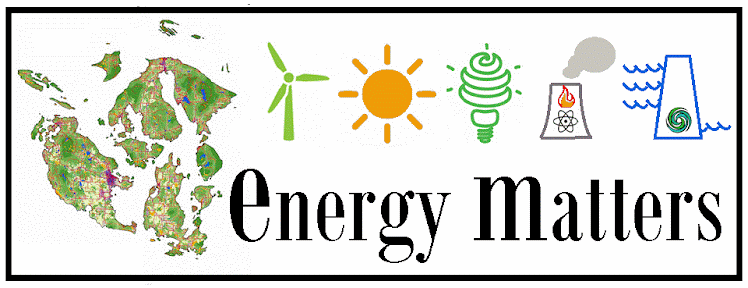By Chris and Chom Greacen
(Photos by Steve Horn)

These were some ideas that emerged from the Lopez Sustainability Collaborative Potluck and Pizza Fest, Thursday, March 22 at the Lopez Center for Community and the Arts. The group of around a hundred Lopezians gathered to share food and discussion in an interactive process facilitated by Clive Prout. The group considered some big questions: “What will Lopez be like in the year 2025? What changes would we want to see – in transportation, in electricity and heating for our homes and businesses, in agriculture and food, in our island’s water, and how we manage waste?”
The event marked the culmination of four days of interviews and field research by 11 graduate students from the Monterey Institute of International Studies who visited Lopez as part of a semester-long class called “Thinking like an Island: Planning for sustainability on Lopez Island.” We have been teaching this class from Lopez via video-conference since February this year, with help from Faith Van De Putte who led a contingent of students while on the island.
The student’s final class project is a paper exploring one or more scenarios of enhanced sustainability and resilience, as well as a grant proposal for exploring next steps. Research work comprises gathering baseline data, understanding Lopezians’ visions for the future, and articulating next steps.
The students are interested in Lopez Island specifically because islands are recognized as crucibles of sustainable development. Globally, we are facing pressing scarcity of natural resources, including water, soil, and fossil fuels. Here on the island, the higher cost compared to the mainland prices for fuel, imported food, and just about everything else further raises the relative value of producing essentials locally and sustainably. The close-knit community and trust we share on Lopez also enables development of innovation in housing, agriculture, and energy and food that are inspirations for America and beyond.
Over the course of their four-day visit to the island, the students met with over 50 individuals and groups to understand current resource flows and Lopezians’ visions and concerns for the future. Visits included half a dozen Lopez farms, Orcas Power and Light Co-op power cable landing, the Sewer District, grocery stores, the Lopez School, the Transfer Station, and Lopez Sand and Gravel.
These visits turned up some interesting findings:
• school buses travel 176 miles on Lopez each school day;
• electricity usage in the average home at Common Ground, a sustainable net zero energy project, is about 400 kWh per month – about 40 percent of the average home on Lopez;
• essentially all electricity in San Juan County comes through two 6-inch cables that land on Lopez;
• about 700 dump truck loads of branches and roots are open-burned at the pit at Lopez Sand and Gravel every year;
• Lopez has 6,000 acres of wooded land about three acres per person, enough to potentially meet all space and heating needs on the island if properly managed;
• due to lack of composting facilities, human and food waste biosolids from the sewer district are trucked to the mainland two to four times a month for incineration;
• during the summer over 500,000 gallons of treated water per month suitable for irrigation of all but root crops from the Fisherman Bay Sewer District are released into the ocean.
The students’ project will weave these – and many other baseline facts – into an analysis of current consumption patterns and an investigation into opportunities for more resiliency and sustainability.
If you are interested in this project or seeing some photos and slideshow, visit the graduate students’ blog at blogs.miis.edu/resilientcommunities/, which chronicles the work of the students in developing the class project and will include opportunities in future weeks to comment on their emerging class project.
The site also contains a link to an online survey less than 10 minutes with important questions to fill information gaps about our reliance on imported food, petroleum and more. Your participation is greatly appreciated.


No comments:
Post a Comment